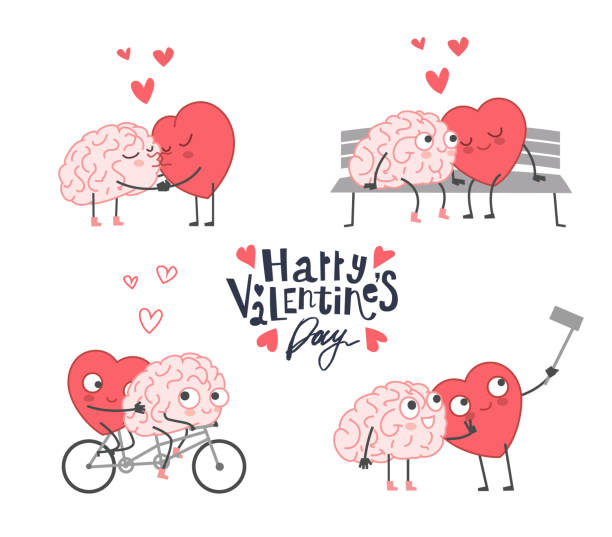Beyond Talk Therapy: Creative Approaches for Hard-to-Reach Clients
- Serena Sanders
- Feb 19
- 3 min read
Talk therapy is the gold standard in mental health care, but what happens when words aren’t enough?
Some clients—especially children, trauma survivors, neurodivergent individuals, or those resistant to therapy—struggle to express their emotions verbally. For these clients, traditional talk therapy can feel frustrating, overwhelming, or even ineffective.
The good news? Therapy doesn’t have to be all talk.

By integrating creative, experiential, and body-based approaches, therapists can break through communication barriers, build trust, and help clients process emotions in ways that feel safe and accessible.
Let’s explore some evidence-backed, outside-the-box therapy techniques for reaching clients who struggle with traditional methods.

1. Expressive Arts Therapy: When Words Fall Short 🎨🎭🎶
Art, music, drama, and movement offer nonverbal outlets for emotional expression, making them powerful tools for hard-to-reach clients.
🧠 The Science: Studies show that creative expression activates the brain’s right hemisphere, which processes emotions and sensory experiences. Engaging in art or music can lower stress hormones, improve mood, and increase self-awareness.
✨ Try this:
Art Therapy: Drawing, painting, or sculpting emotions instead of talking about them.
Music Therapy: Playing or listening to music that represents feelings.
Drama Therapy: Role-playing scenarios to explore different perspectives.

2. Play Therapy: The Language of Children 🧸🎲
For kids, play isn’t just fun—it’s communication. Through play, children express feelings, work through trauma, and practice problem-solving.
🧠 The Science: Play activates the limbic system, which regulates emotions. It also strengthens neural pathways involved in self-regulation and social skills.
✨ Try this:
Sand Tray Therapy: Clients create scenes in a sandbox to represent inner conflicts.
Therapeutic Games: Games that encourage emotional processing and social skills.
Symbolic Play: Using dolls, puppets, or figurines to act out feelings.

3. Somatic Therapy: Healing Through the Body 🧘♂️
Emotions don’t just live in the mind—they’re stored in the body. Somatic approaches help clients release tension, regulate emotions, and reconnect with their bodies.
🧠 The Science: Trauma can dysregulate the autonomic nervous system, keeping the body in a fight-or-flight state. Somatic techniques help clients regain control over their physiological responses.
✨ Try this:
Breathwork: Teaching deep breathing techniques to calm the nervous system.
Movement-Based Therapy: Yoga, dance, or gentle stretching to release stored trauma.
Tapping (EFT): Lightly tapping acupressure points to reduce anxiety.

4. Narrative Therapy: Rewriting the Story 📖✍️
Clients who feel stuck in negative thought patterns can benefit from rewriting their personal narratives in a more empowering way.
🧠 The Science: Studies show that storytelling activates multiple areas of the brain, helping clients reframe negative experiences and develop new coping strategies.
✨ Try this:
Journaling Prompts: Encourage clients to write about past struggles from a different perspective.
Future-Self Letters: Have clients write a letter to their future selves with encouragement and advice.
Reframing Exercises: Guide clients in rewriting negative self-beliefs into positive affirmations.

5. Virtual & Tech-Based Interventions: Meeting Clients Where They Are 💻🎮
Some clients, especially teens and young adults, feel more comfortable interacting through technology than face-to-face conversations.
🧠 The Science: Digital therapy tools can increase engagement, reduce social anxiety, and create a safe emotional distance for self-expression.
✨ Try this:
Therapeutic Gaming: Using video games to explore emotions and problem-solving.
VR Exposure Therapy: Immersive simulations for anxiety, PTSD, or phobias.
AI-Assisted Journaling: Apps that guide clients through self-reflection exercises.
Final Thoughts: Therapy Should Adapt to the Client, Not the Other Way Around
Not every client is comfortable with verbal processing, and that’s okay. By expanding beyond traditional talk therapy, clinicians can create more inclusive, engaging, and effective treatment experiences.
Whether through art, movement, storytelling, play, or technology, these approaches help clients connect with their emotions in ways that feel natural, empowering, and healing.
💡 What’s your favorite creative therapy technique? Let’s discuss in the comments! ⬇️



Comments